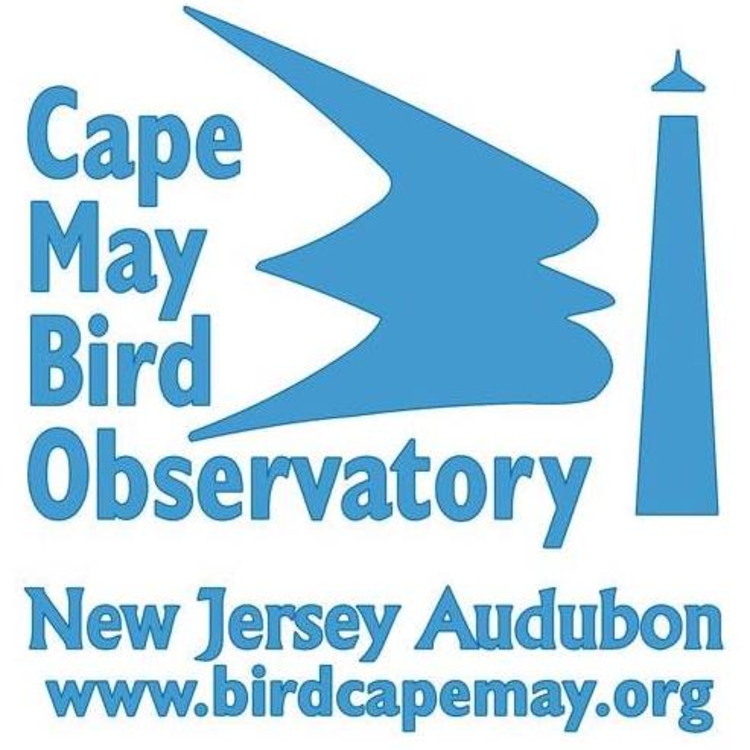Information - Cape May Bird Observatory - Hawkwatch (NJ)
Migration siteCape May Bird Observatory - Hawkwatch (NJ) ContactsTom Reed Contacts Web siteLast countObservation hours8,246:47 observation hours, 10 year |
lat: 38.93282, lng: -74.95789 |
Description
Cape May, New Jersey, is one of the most renowned birding areas, not only in the U.S., but in the world. The peninsular geography and prevailing westerly winds create a migrant trap unmatched in the eastern North America. Each fall, 16 regularly occurring species of hawks migrate through Cape May. Late September through mid October is the time of peak raptor diversity and marks the period when impressive numbers of Peregrine Falcons pass through. The Cape May Point Hawk Count platform has been staffed each fall since 1976 by the Cape May Bird Observatory's official hawk counter, from September 1 to the end of November. A daily and annual raptor count is tallied throughout the fall, and exceptional totals are recorded each year. If you are a novice, there are education interns on hand from early September through early November to help you hone your hawk I. D. skills.Founded in 1975 by the New Jersey Audubon Society*, the Cape May Bird Observatory (CMBO) is a leader in research, environmental education, bird conservation, and recreational birding activities. Our mission: to understand and instill appreciation of the needs of resident and migrating birds so that human ambitions do not undermine them. Funded almost entirely by the support of an international membership, two facilities serve our members' interests and needs. The Center for Research and Education in Goshen was opened in 1997. This 8,600 square-foot center, surrounded by 26 acres of marsh and upland, is strategically located to access the natural wealth of New Jersey's Delaware Bayshore. Open 9am to 4:30pm, seven days a week, the facility focuses on backyard habitat and backyard bird watching, with displays, a bookstore featuring natural history books, optics, bird feeders and supplies, a 170-seat lecture room, outside observation deck, natural landscaping demonstrating model backyard habitat, wildlife art gallery, and offices for staff. *New Jersey Audubon Society, founded in 1897, is senior to (and has no affiliation with) the National Audubon Society.
Location
Cape May is situated at the southeastern-most tip of New Jersey. During periods of northwest and west winds in fall large numbers of southbound hawks, as well as other migrants, are steered toward the coast and subsequently funneled down the peninsula to Cape May. When migrating raptors arrive at the southern tip of the sate, the 13 mile expanse of Delaware Bay causes most species to hesitate before choosing a strategy for continuing their migration.Access
To reach the Cape May Hawk Watch, take the Garden State Parkway south to the end. Continue straight on Route 109 at the end of the Parkway. This road becomes Lafayette Street after you cross the bridge over the canal. Go about 2 miles and bear right onto Perry Street In about 0.4 miles you will come to the traffic light at Broadway and Sunset. Continue straight ahead on Sunset for 1.7 miles to Lighthouse Avenue. Turn left onto Lighthouse Avenue and go 0.7 miles to entrance for the Lighthouse and the State Park on your left. The hawk watch platform is at the far end of the parking lot.DIRECTIONS TO THE NORTHWOOD CENTER
From the Garden State Parkway --
Follow Parkway to the end; proceed through traffic light over large canal bridge and stay straight. You will then be on Lafayette Street all the way into Cape May. At the end of Lafayette, you'll come to a T-Head at Collier's Liquor Store. Bear right and follow the road but bear slightly left (go past Swain's Hardware store) through 2 traffic lights. The 2nd traffic light will put you on Sunset Blvd. Go straight to Lighthouse Avenue; take a left on Lighthouse; take 2nd right onto East Lake Drive. Park along the roadside.
From Route 55 --
Take Rt. 55 South to the end, which merges onto Rt. 47. Continue south onto Rt. 347 (which rejoins Rt. 47 just north of Dennisville). Continue south on Rt. 47 for about 35 minutes until you reach the traffic light at the intersection of Rt 626 (Railroad Avenue). Take a right onto Rt 626 and continue on this road for about 15 minutes. Rt 626 becomes Seashore Road. Continue straight and will come to a large intersection at Rt 9; cross the intersection and continue over the small canal bridge. Rt 626 now becomes Broadway. At the next traffic light, take a right onto Sunset Blvd. Go straight to Lighthouse Avenue; take a left on Lighthouse; take 2nd right onto East Lake Drive. Park along the roadside.








